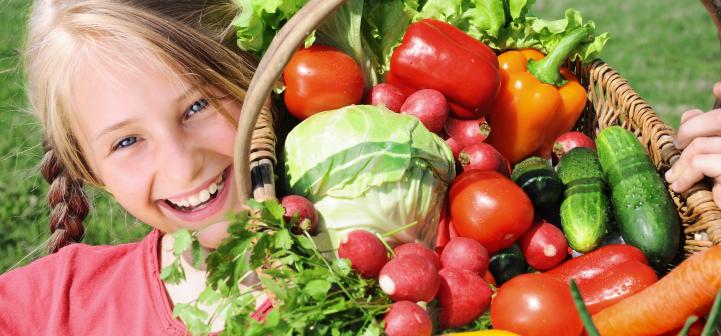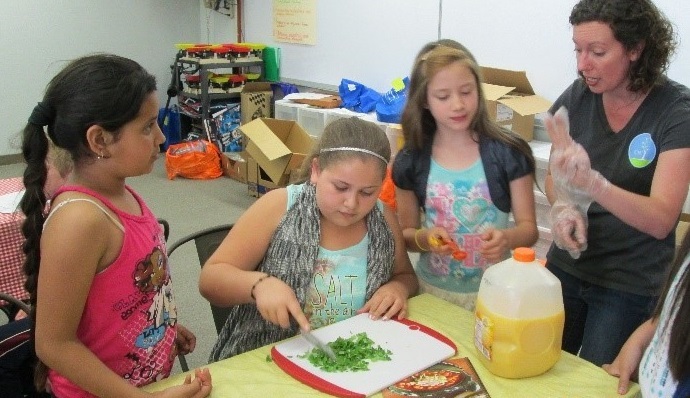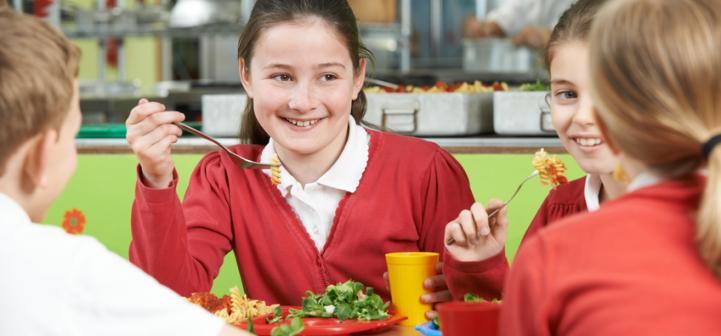
Kids can be reluctant to try vegetables, and it can be a challenge to get them to eat the recommended number of servings in a day. School gardening programs may be an effective way of not only increasing kids’ access …

Kids can be reluctant to try vegetables, and it can be a challenge to get them to eat the recommended number of servings in a day. School gardening programs may be an effective way of not only increasing kids’ access …

Building and maintaining a garden can seem like an expensive project, but with some careful planning, it doesn’t have to cost much at all. Whether you work with a school that could benefit from a garden or you are the …

Foodie U: Mindful Eating for Families was developed as part of the Foodie U project at California State University, Chico. Mindful eating refers to paying attention to the present moment when choosing, preparing, and eating food. Mindful eating can strengthen …

Families must consider many factors when deciding whether their child will purchase school meals, or bring a packed lunch from home. The nutrition content of school meals, their appeal to their child’s taste preferences, and the time required to pack …

Savor the Flavor (STF) is a k-6 school cafeteria and classroom promotion designed to encourage healthy food consumption like dark green vegetables.
STF Goals: